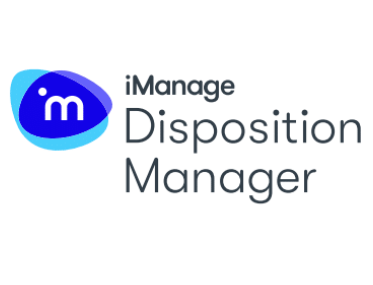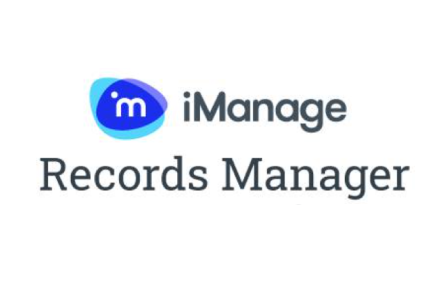Switch to iManage Records Manager

I help with a lot of system migrations, moving clients from old data management programs into iManage Records Manager (IRM). Lately, I’ve noticed the importance of a basic understanding of records management, and following best practices when implementing a records management program.
I spoke with one firm who had an awful experience with a system migration. They needed a lot of help fixing it. They aren’t able to run basic records management reports because the data was not migrated or configured correctly. You have to be careful when you vet your iManage Records Manager software implementer.
They must know how to migrate your information into iManage Records Manager, understand how to customize it to work for your firm, and understand records management. Just because the implementer may be knowledgeable about iManage Work does not guarantee they understand iManage Records Manager.
It all comes back to making sure that when you implement iManage Records Manager, the people who do the work understand the chain of custody, tracking of circulation, and how to move important information from the old records system into IRM.
During a system migration, information is transferred between storage types, formats, fields or computer systems. Your software implementer must understand how to place information in IRM so that the system is efficient and works as expected once it is up and running.
Why Move to IRM?
- A Modern interface makes it easy for business users to navigate
- A system that manages paper and electronic records keeps everything in one place
- Manage in place electronic records for iManage Work and file shares
- Printing barcodes and reports lets you track files in storage and monitor record chain of custody
- Reuse practice management data makes moving records easy
- Modern web user client allows users to access files from anywhere
- Optimized for use in law and professional service firms to increase efficiency and keep sensitive data secure
If you have been considering moving to a new system, the time to switch to iManage Records Manager is now. Look into InfoCompass because we have over 12 years’ experience migrating from older systems like LegalKey, Autonomy Records Manager, Aderant and more to IRM.
I am a certified records manager, and I understand the things that are important to consider during the migration. So, if you want a firm that understands how to implement IRM correctly and optimize it for your firm, you need InfoCompass. Schedule a 10-minute phone call with me to get started.



